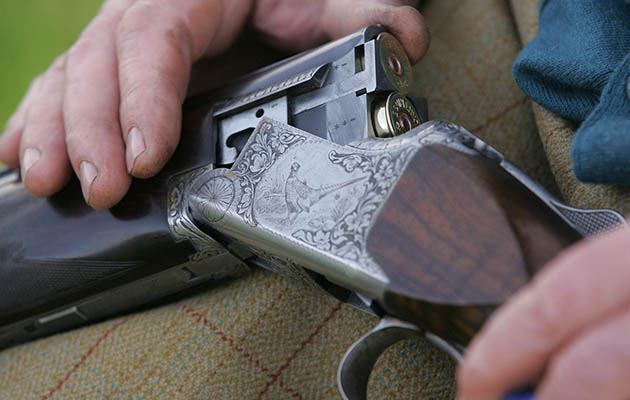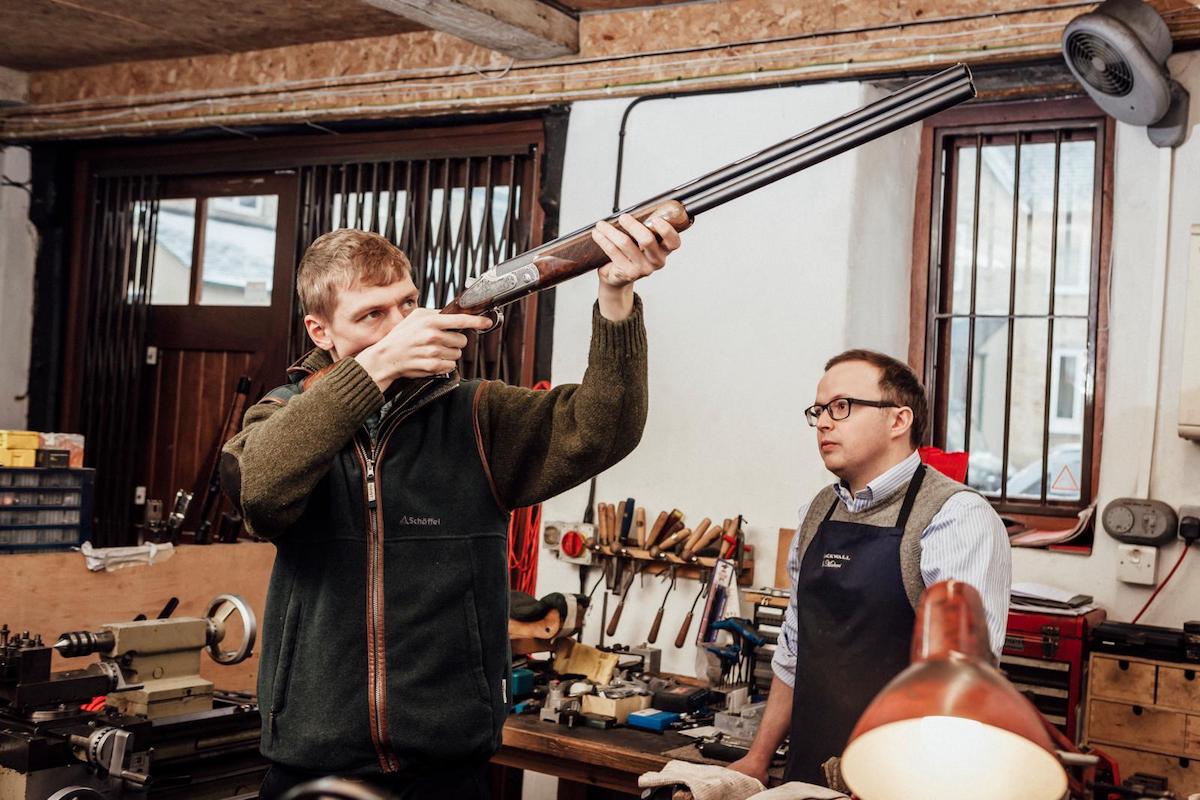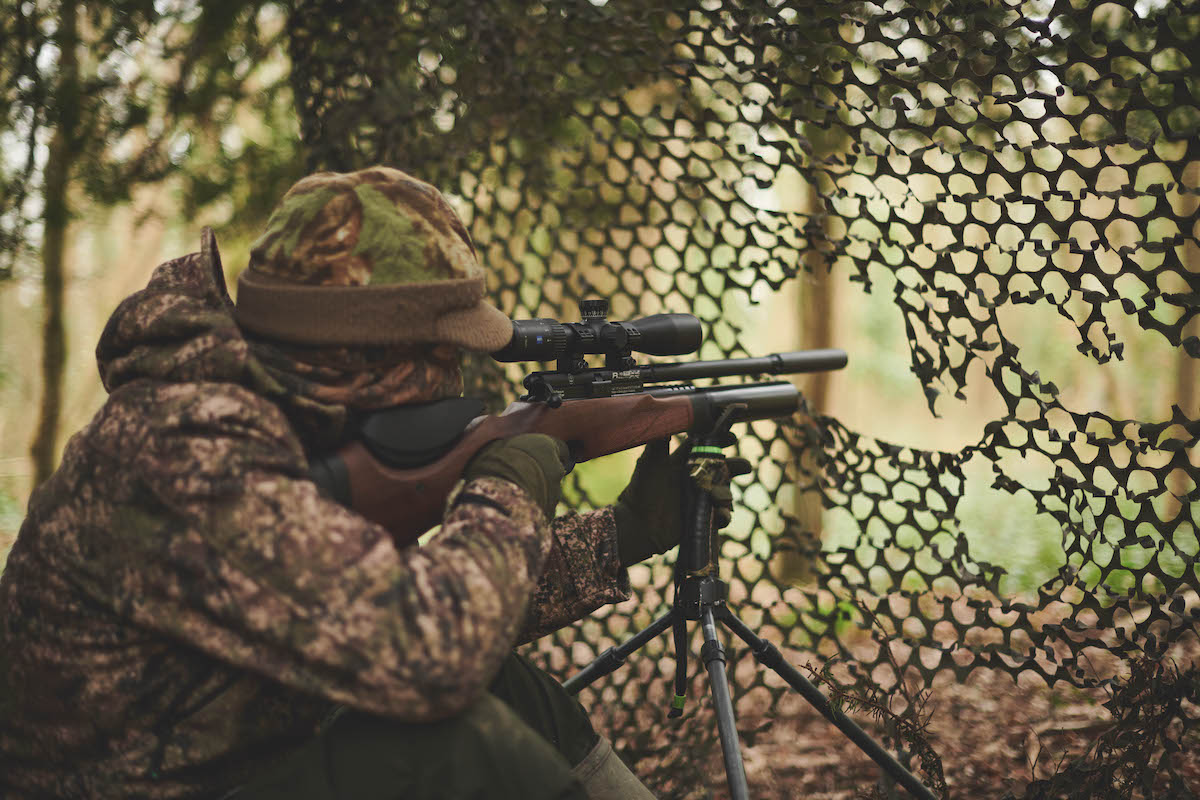Where do stolen guns end up?
Our licensing system means that it is easy to check provenance of a firearm but a new database will be even better, says Diggory Hadoke

Should you find a Purdey under the bed when an aged relation shuffles off this mortal coil, there will be a few procedures to follow before you can safely consign it to your gun cabinet as its official new owner.
The appearance of an unlicensed shotgun is not uncommon and the police take a sensible view of this reality. They want unlawfully held guns to be ‘in the system’ so they make it easy to legitimise them. You simply have to contact your local police firearms unit and explain the situation, tell them you have a certificate and that you found the gun.
Checking provenance of a gun
The police will then make sure it was not stolen by checking the National Firearms Licensing Management System. This relatively new facility is not perfect but, in theory, it will eventually contain all legally held firearms in the country and make it easy to check their passage of ownership.
Any system is only as good as the data inputter and it is not at all unusual to find information stored is out of date or incorrect. This might be because someone has not got round to updating the system with information from a letter or a form, or has incorrectly noted a serial number or bore size.

Old gun records at Holland & Holland
Lost record
The incorporation of a national system has not been smooth. In 2013 South Yorkshire Police were criticised for losing the records pertaining to 9,000 licence holders and their firearms. The data was simply not being put into the system.
At the time BASC’s Bill Harriman said: “South Yorkshire Police has an abysmal record when it comes to firearms licensing so this revelation comes as no surprise to me. When BASC members started receiving letters, we suspected something was wrong with police record keeping. Neglecting to record critical information such as changes of address or changes of firearm could potentially undermine the [police’s legal] duty to preserve public safety.”
Hopefully, things have improved and the idea is to make it quick and easy to find out who has what gun and the provenance of a gun. This is what the police do when they look up your old uncle’s ‘unofficial’ Purdey. If it comes up as belonging to someone else, they can check back to see why that is.

A firearms inspector poses for a photograph with seized and handed in firearms at the Met in 2017
Authority to own
It may be that the gun does not appear on the database because your uncle had it for 50 years, from the days when a shotgun certificate was ‘authority to own’ and no specific guns were listed on it. In the 1980s the police had no idea how many shotguns there were in the country.
Assuming the gun you found is not recorded as missing or stolen, or used in a crime, you will be able to put it on your certificate and claim ownership.
However, what if you came back from holiday and find your house burgled, your cabinet opened and your guns gone? All is not lost, as there is a system for trying to recover the firearms, and it makes life very hard for criminals trying to sell them.
The Gun Loss Register — a centralised international database of stolen guns intended to increase the chances of their recovery and deter theft — is an extension of the idea first applied to artworks, the Art Loss Register. The latter is said to have recorded more than 5,000 stolen guns over the past 25 years. It could be useful to check provenance of a gun.
It was launched in 2018 and if you register a gun as lost or stolen, it will be immediately flagged on databases. This works in tandem with the police lost and stolen firearms list, which is circulated to registered firearms dealers by individual forces.
Auctions are not a good place to sell stolen guns, because they are listed with serial numbers and perused by a lot of people. Holts could recall seeing only one gun that was later claimed as stolen, and that was an antique.
With some of the strictest gun licensing laws in the world, the UK is a very difficult place to profit from the theft and sale of sporting guns. Guns used in crime are more often imported military weapons. Even the Army reports a few losses each year. A 2011 report claimed 300 guns went missing from army facilities in a five-year period.
Sporting guns are of little use to criminals. In 2017 there were fewer than 1,500 incidents of criminal use of firearms recorded. Over the past 10 years, there were fewer than 400 crimes involving long-barrelled shotguns logged.

Auctions are not good places for criminals to sell stolen firearms because they are listed
Woodward sidelock
If you own a traditional sporting gun, the likelihood is that most criminals would not be interested in it. A gun shop near London was raided some years ago and the thieves took a few £1,200 Berettas and left the £20,000 Purdey and Woodward sidelocks.
That is not to say you are immune if you have nice guns. I once saw a Purdey 20-bore sidelock, engraved by Steve Kelly. It had been stolen in Ireland and sawn off at the hand and the barrels. The thieves had used it to rob a post office of around £1,000 then buried the gun, in a plastic bag, in a bog. They destroyed a £175,000 gun to steal £1,000.
If you have a family story of a gun having been stolen, you could still claim it back. Many gunmakers record thefts in their ledgers, so if someone calls in to check the history of a gun, a note saying it was stolen in 1954 could begin a rather interesting conversation.
A friend of mine has such a story. His grandmother’s Holland & Holland was stolen from her house in the 1970s. If my friend can find the serial number and do a search, he could claim ownership if it turns up in a shop or auction.








